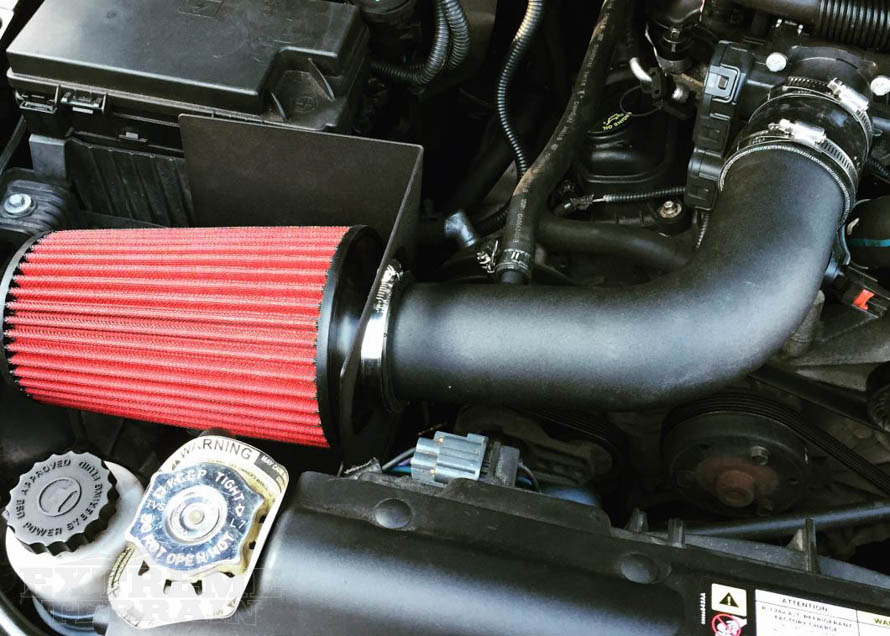If you’re looking to improve your Jeep’s overall engine performance there are several modifications you can do, starting with the air intake system. Cold air intakes are typically an easy to install modification that start at a relatively a low cost and provides some improvement in overall engine performance. In this information guide, we’ll discuss the function and benefits of a cold air intake, along with discussing some popular examples while also highlighting the differences between them.
Contents
Shop Wrangler Cold Air Intakes
More often than not, Wrangler's are more readily associated with off-road performance rather than street handling. That doesn't mean you can't add some extra oomph to your rig's engine. A cold air intake is a simple mod that can net a few extra horsepower and torque.


